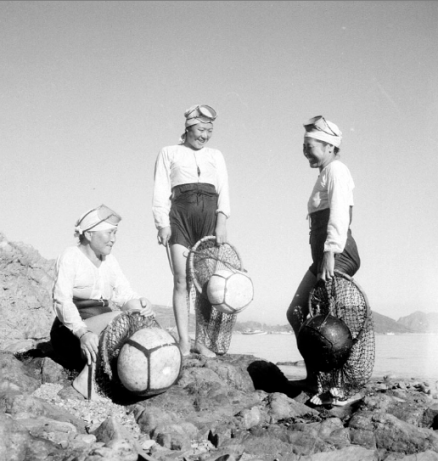Vanishing nature and people became central concerns for biologists after World War II. In this context, American and European biologists established the IBP (1964–1974) to catalog and conserve the environment and “primitive” people around the globe. This study examines the unexplored history of local appropriation of the IBP in South Korea in the 1960s and the 1970s. The project pays particular attention to Korean biologists who participated in the IBP and attempted to link their cooperative research with Americans to establishing national boundaries. Through biological research, they redefined the borderland between North and South Korea (the Korean Demilitarized Zone) as an ecological space and the southernmost community of women divers (Haenyeo) as a “primitive” population. By doing this, they could territorialize borderlands and border people while maintaining the global agenda of conservation. The project focuses on how scientists responded to material obstacles in the course of their research. On the borderland, for example, landmines limited the range of fieldwork. Artificial fires and herbicides used for military purposes threatened the endeavor to define the region as a wildlife preserve. This project shows that scientists introduced the categories of endangered species and sought animals considered threatened globally in the borderland to contend the region’s pristine nature. Their scientific work transformed hunting animals into national symbols as well as endangered fauna, and would eventually lead to reconstructing animal-human relations in Korea.

The Korean Demilitarized Zone and other places related to the Korean IBP surveys. From Yung Sun Kang (1973), “Present Activities of IBP in Korea”.

Women divers (Jeju Haeyneo) in Jeju Island. From the Korean Bureau of Public Information (1962), CET0066487, National Archives of Korea.

